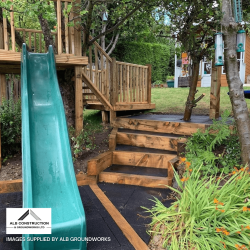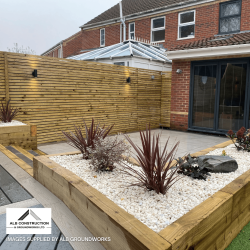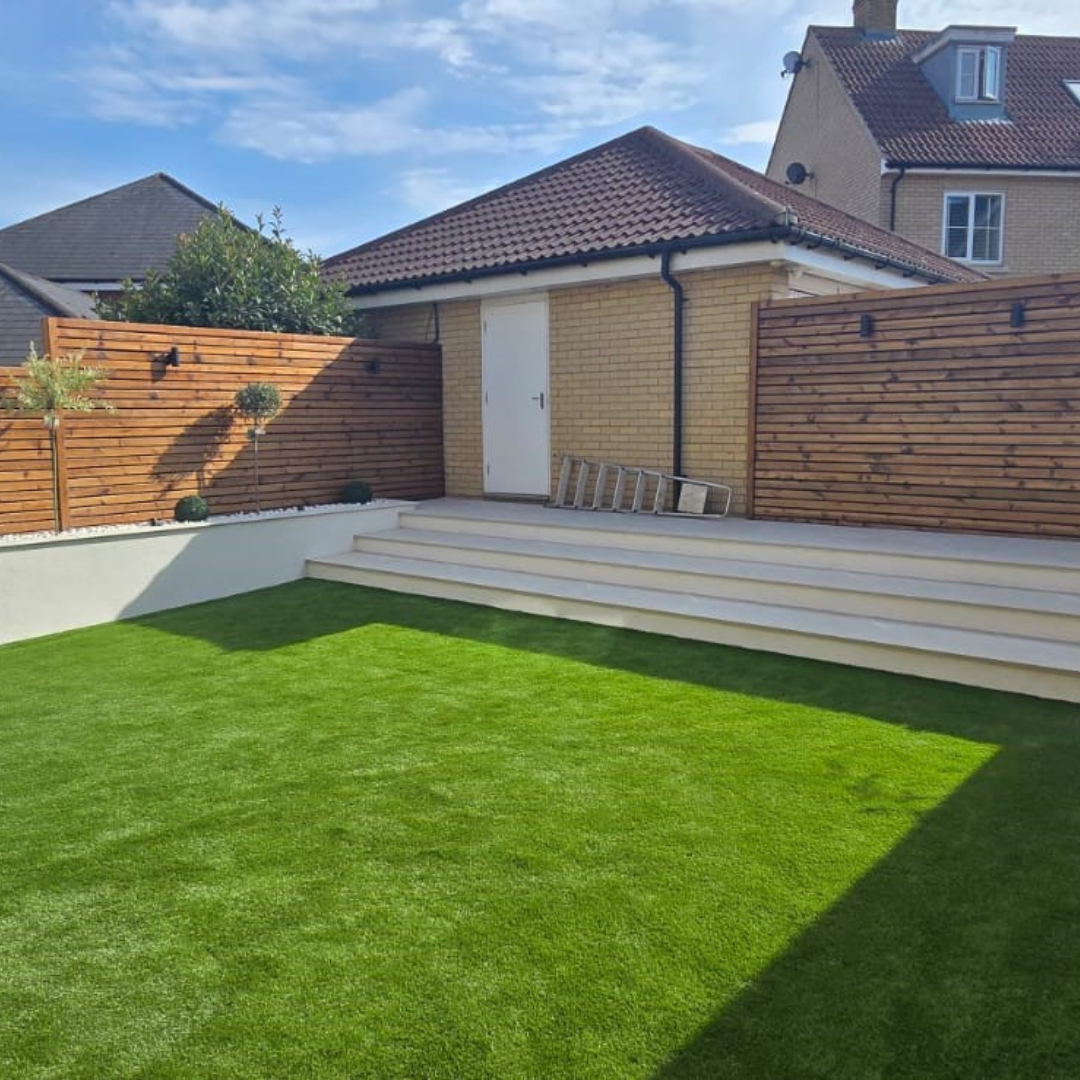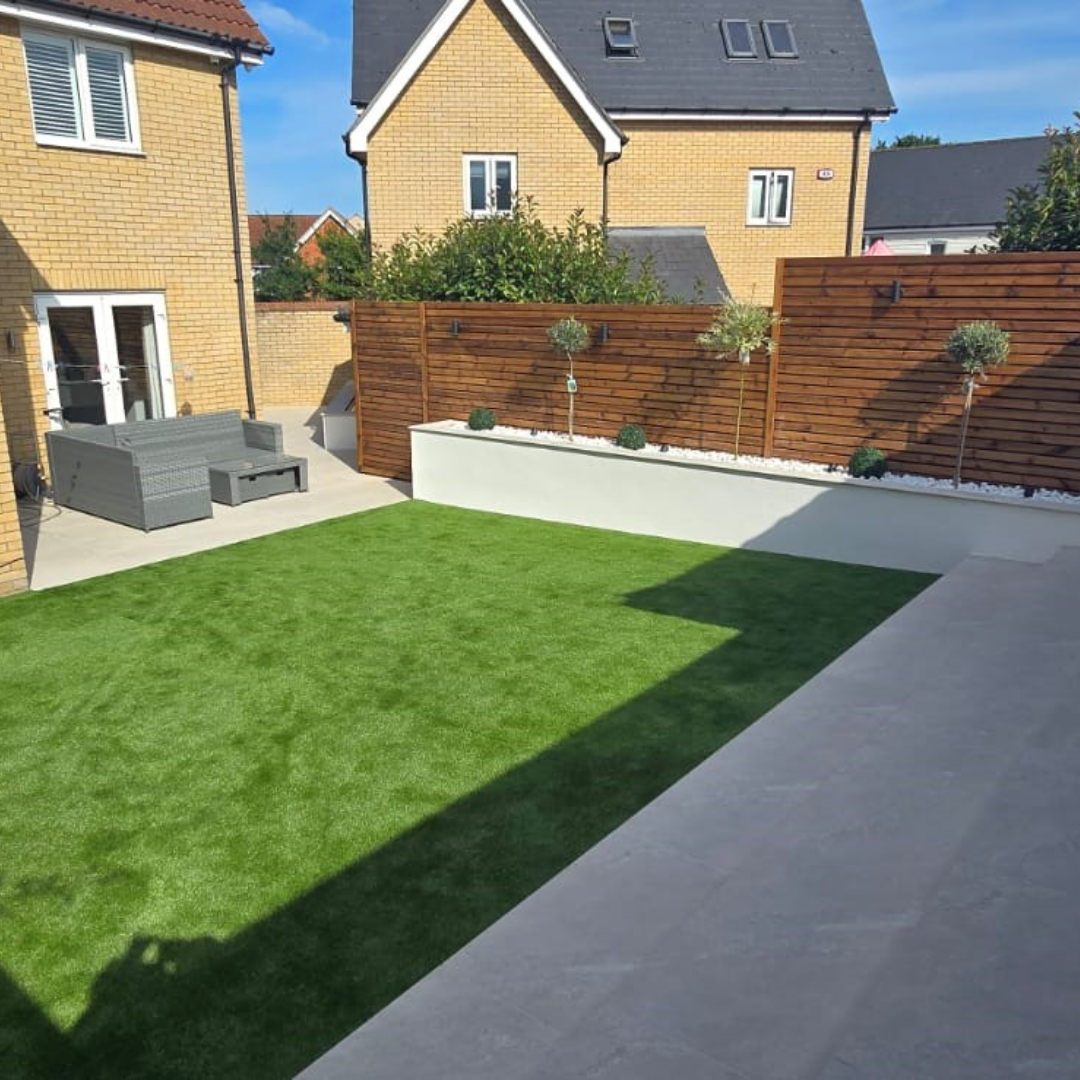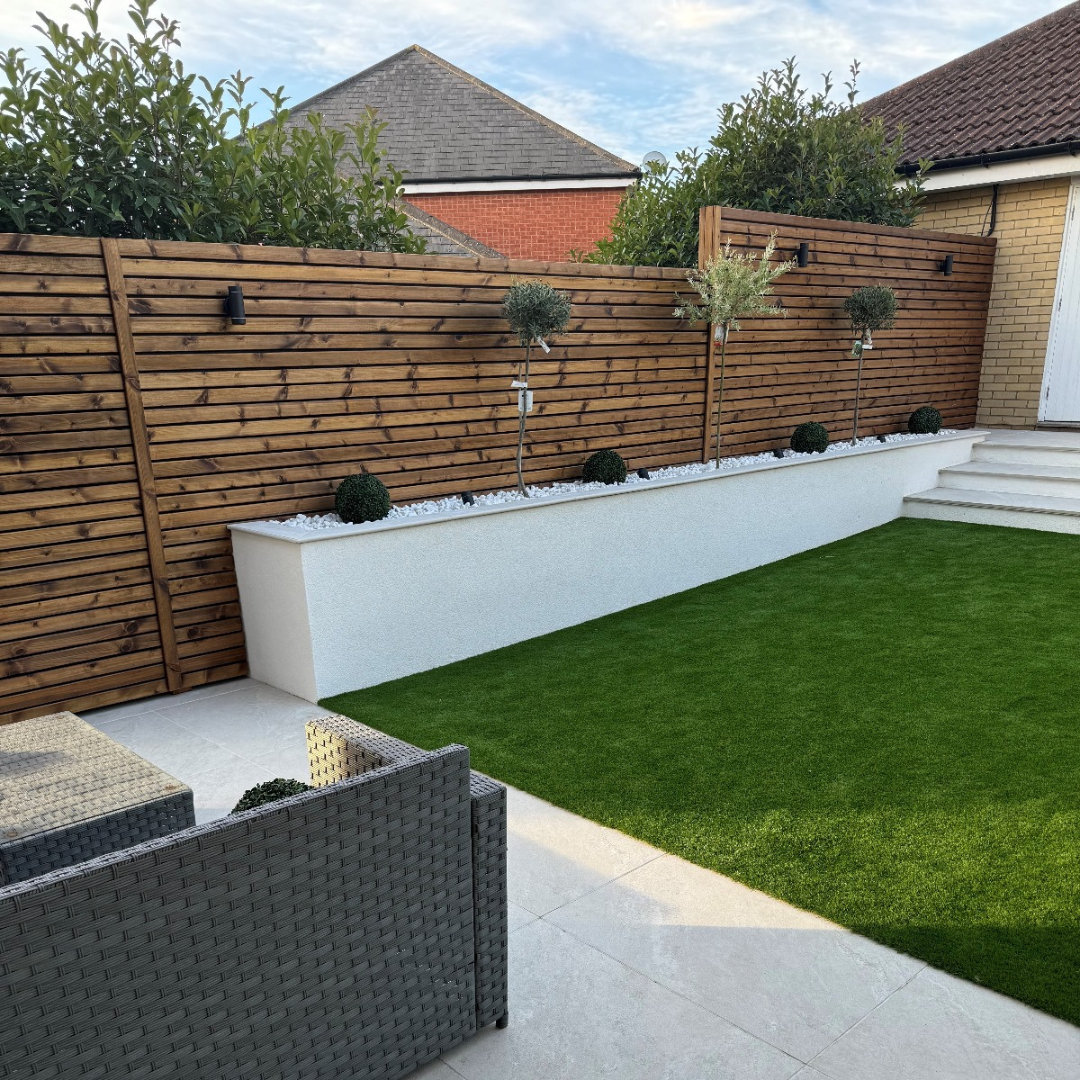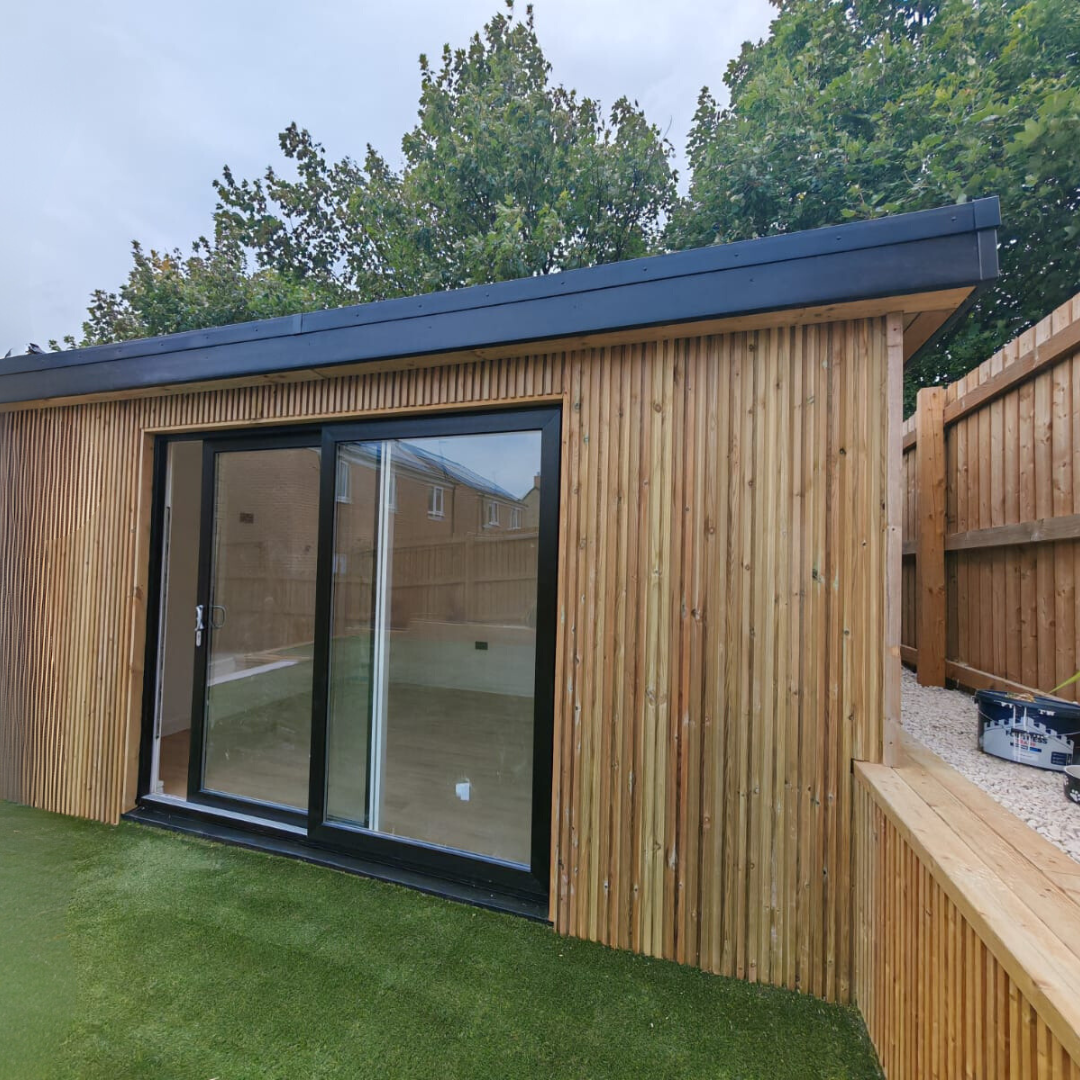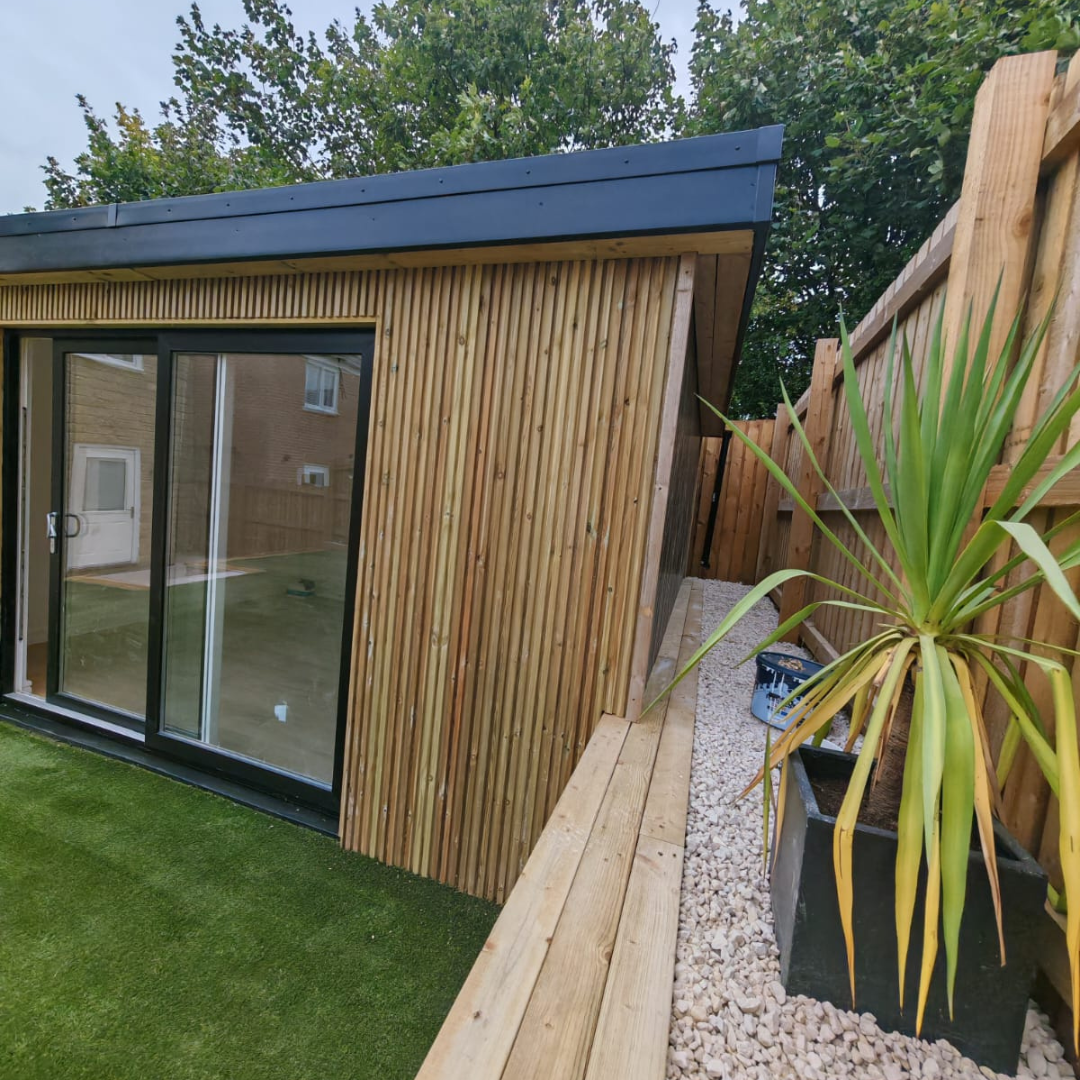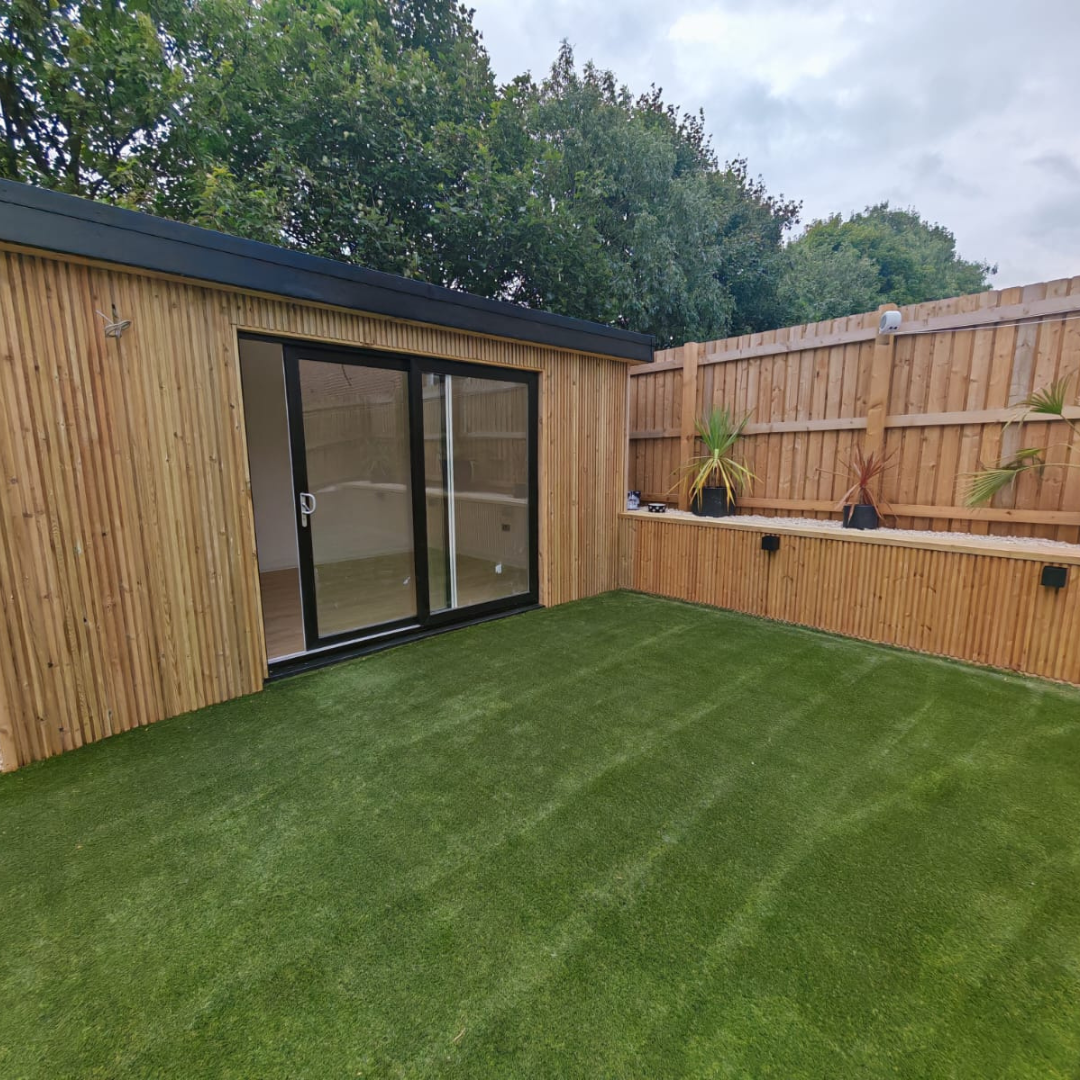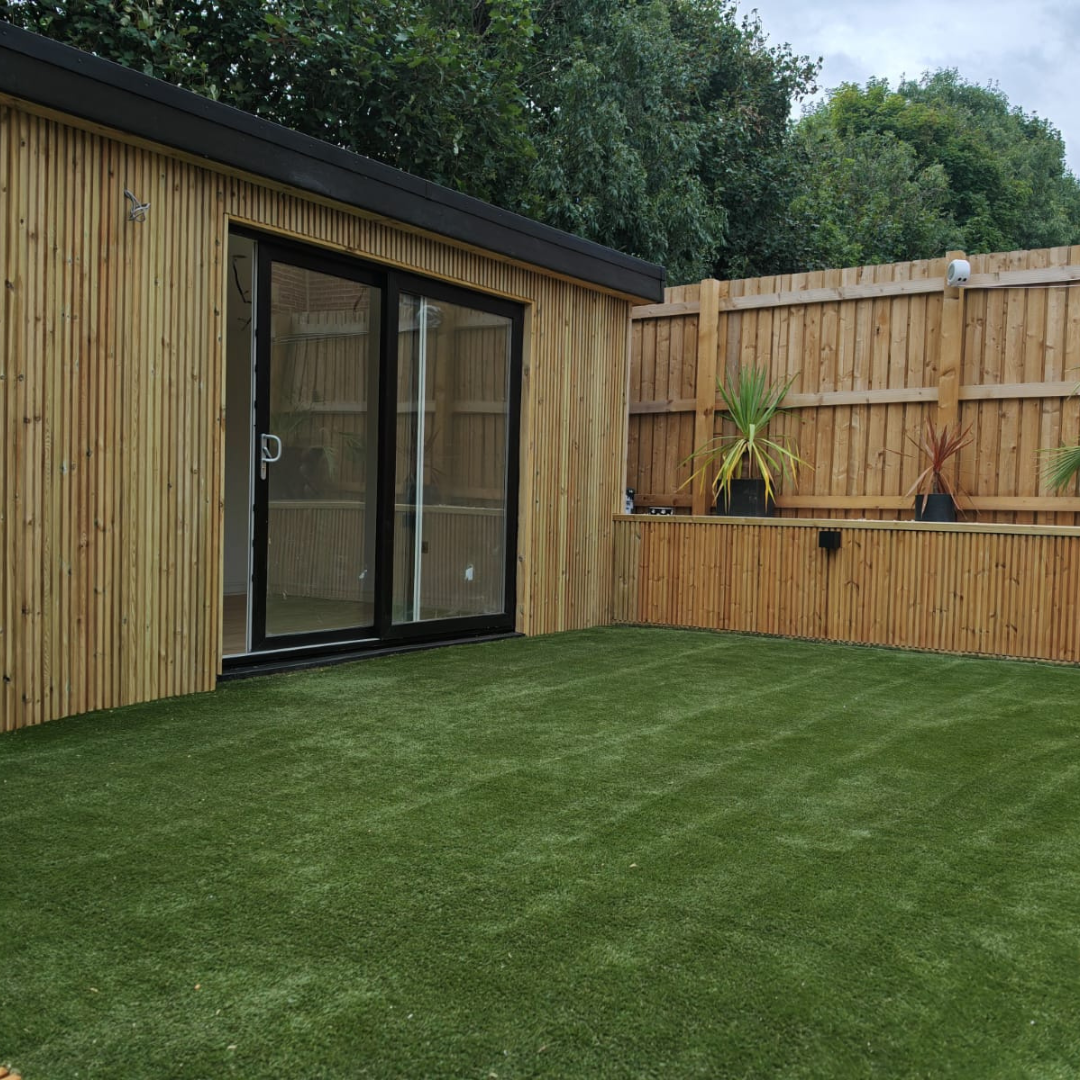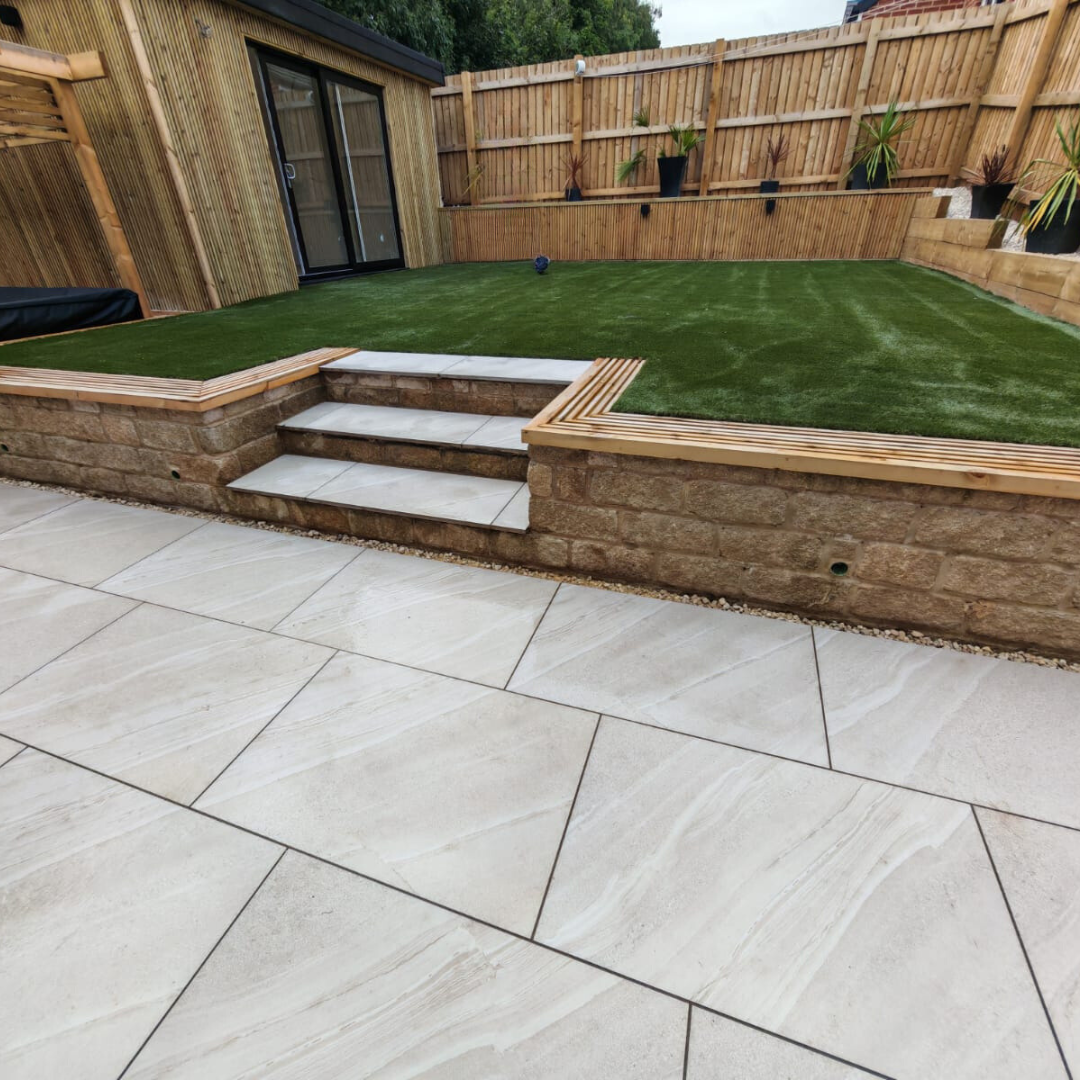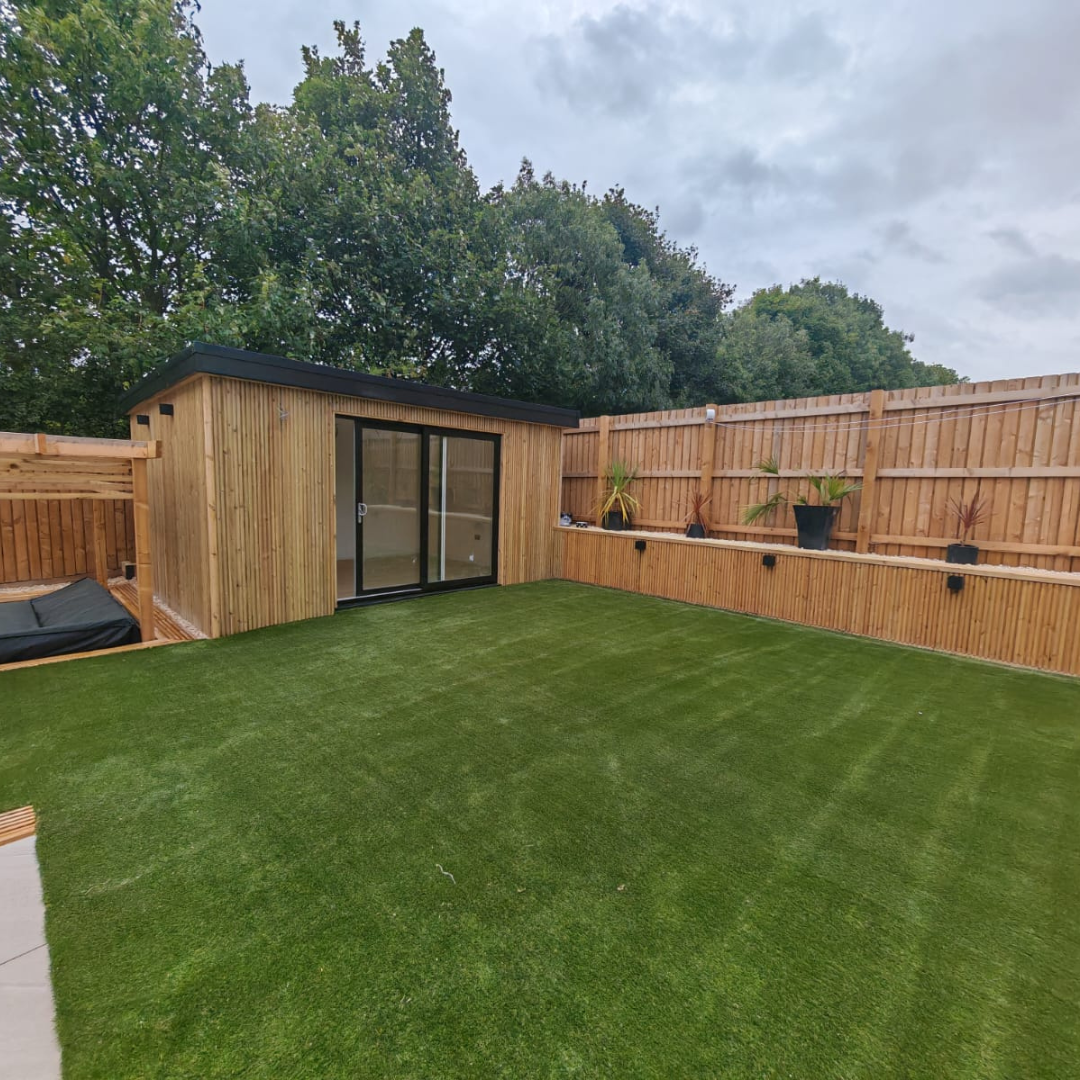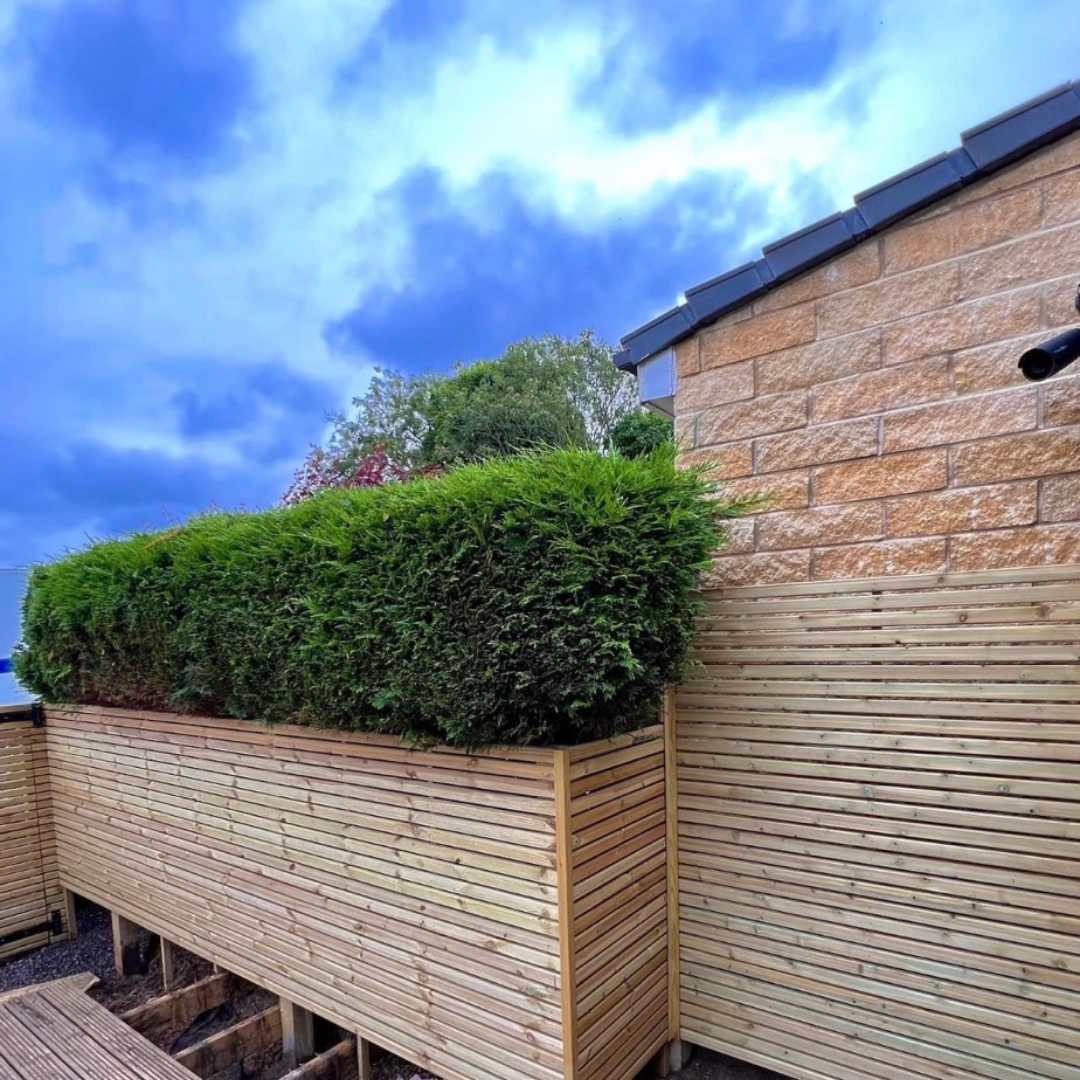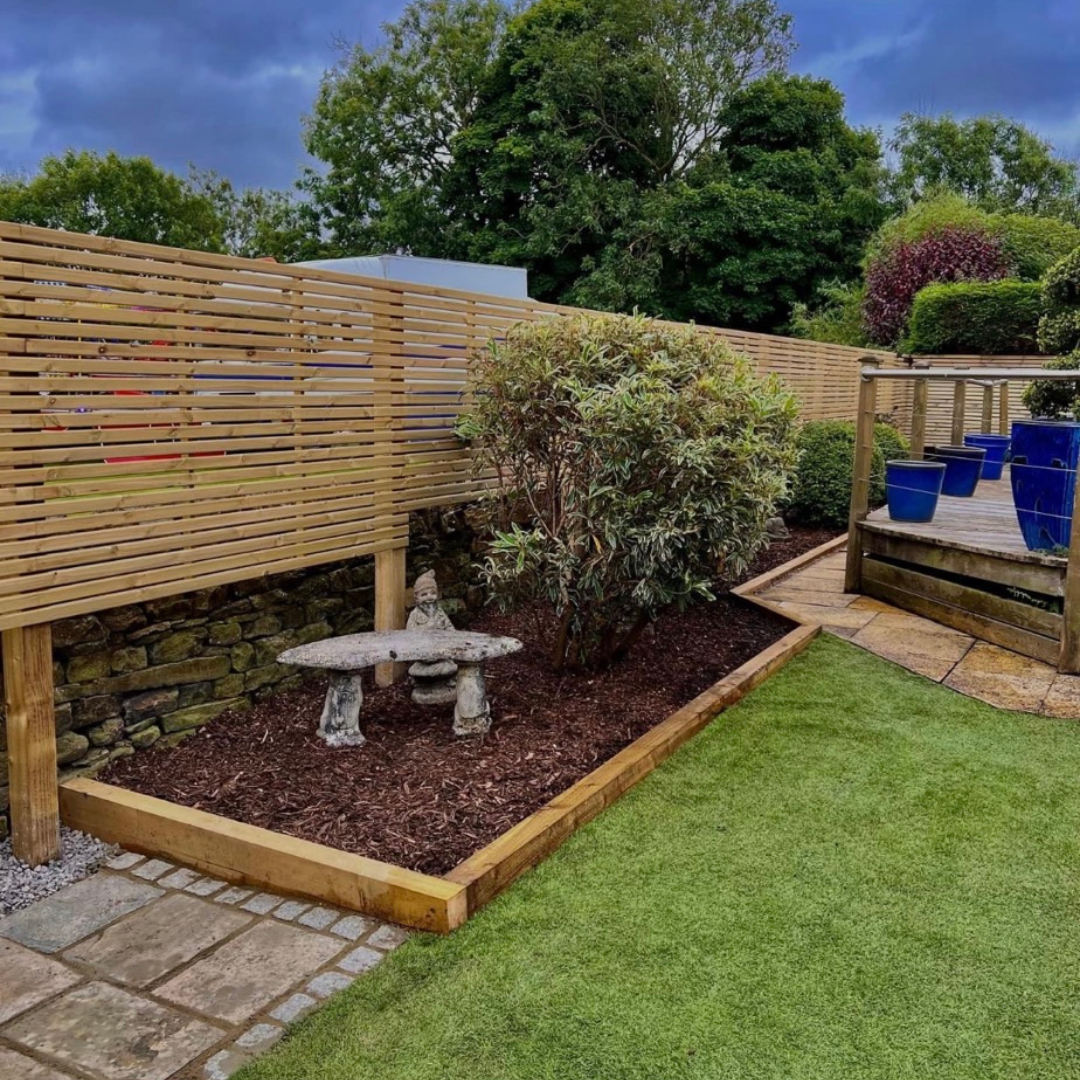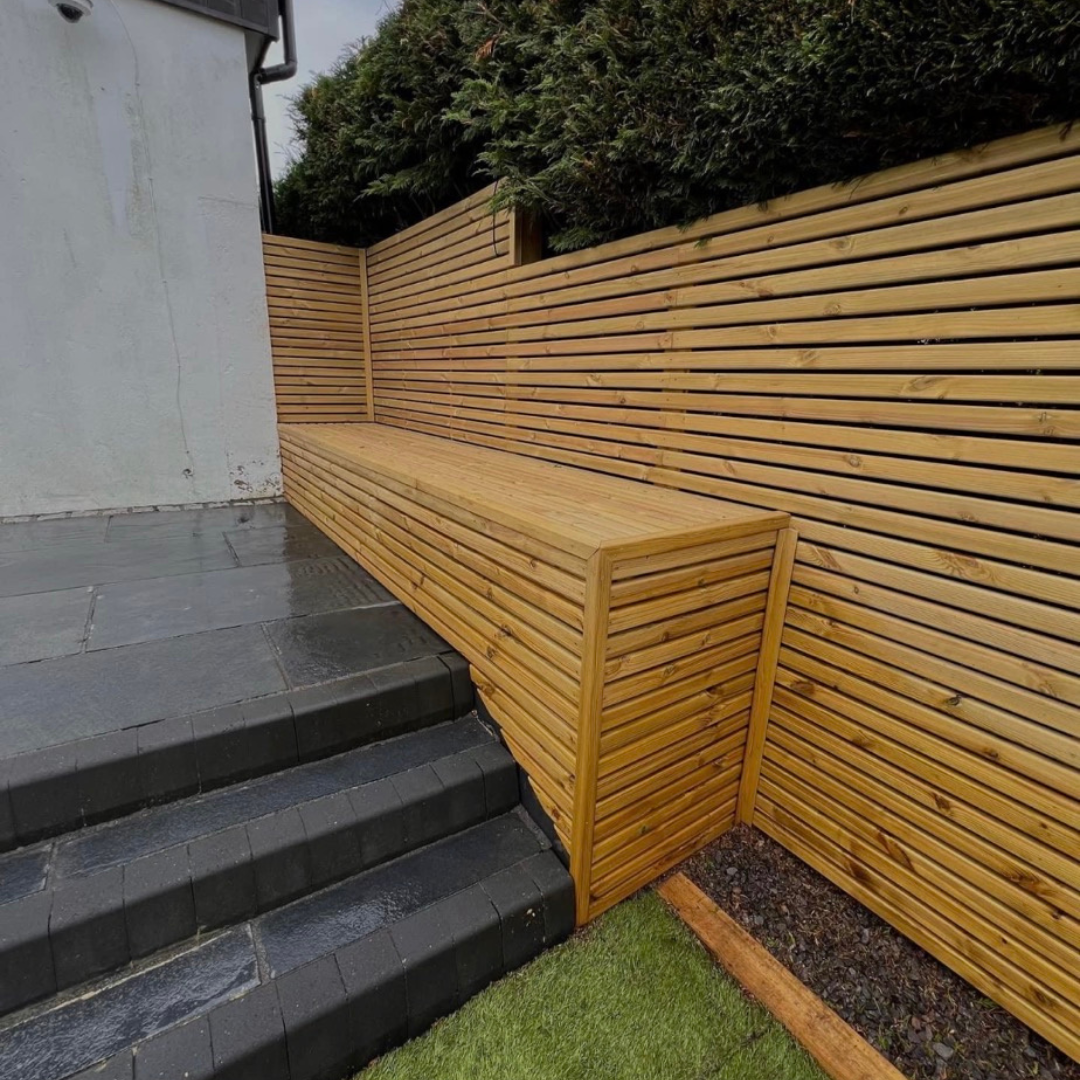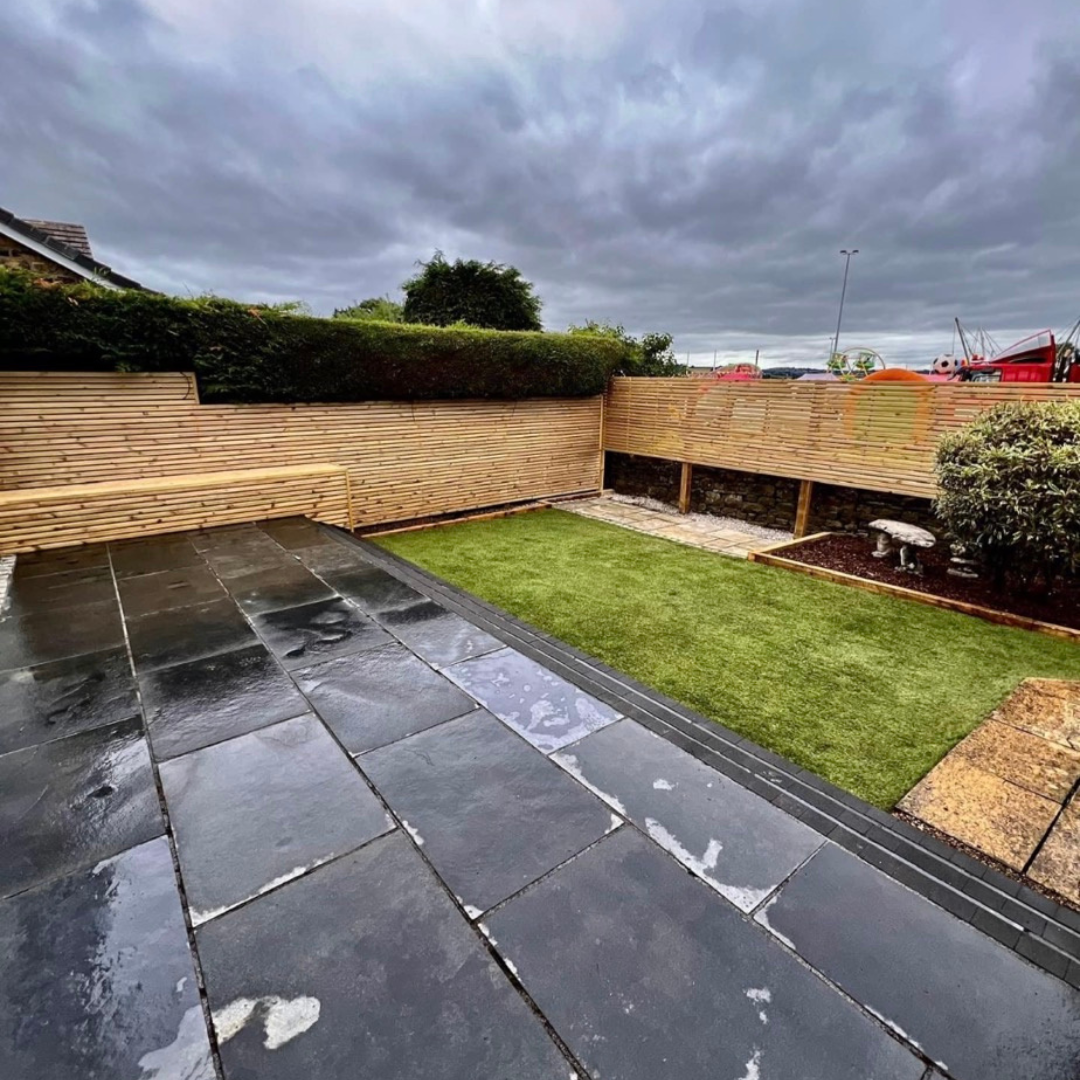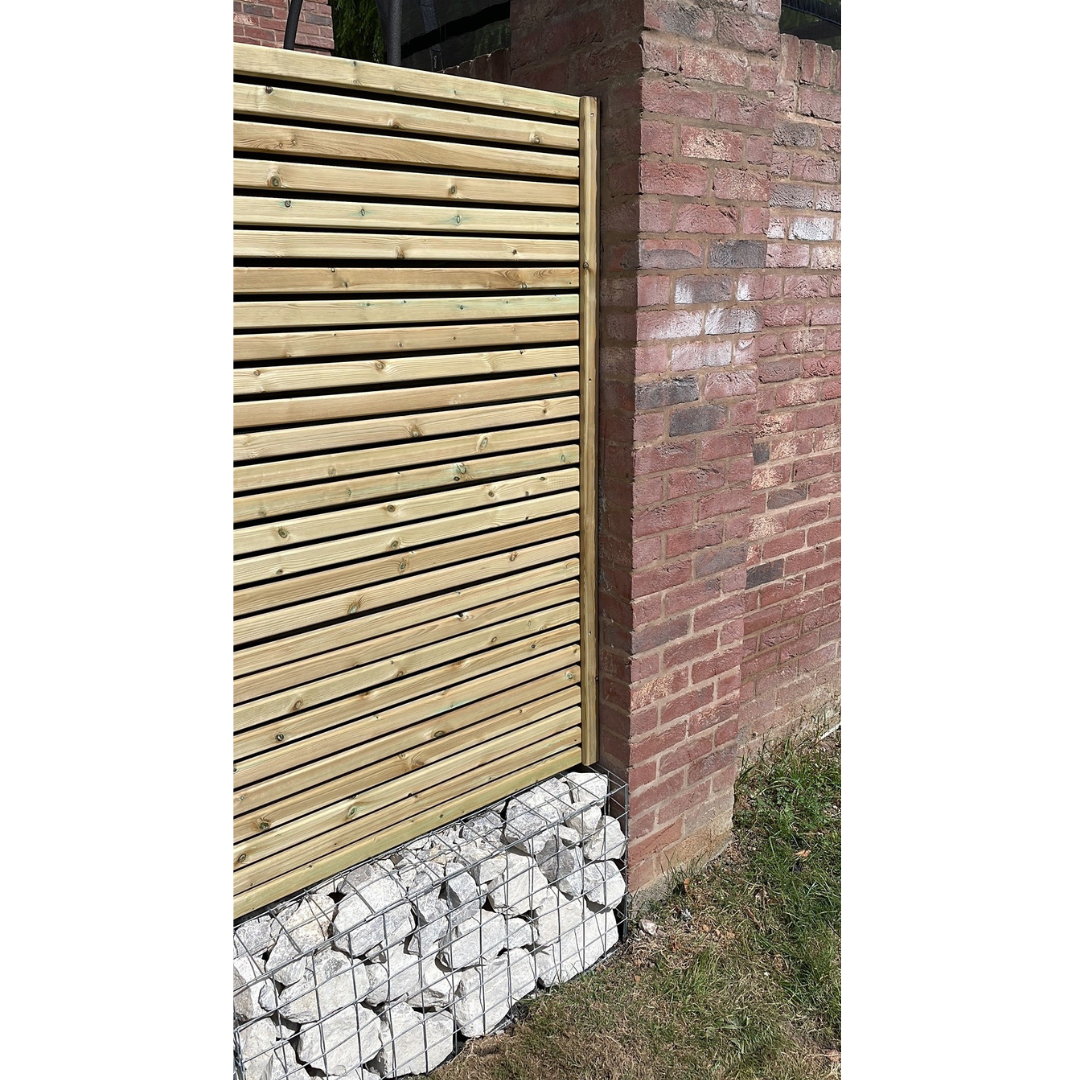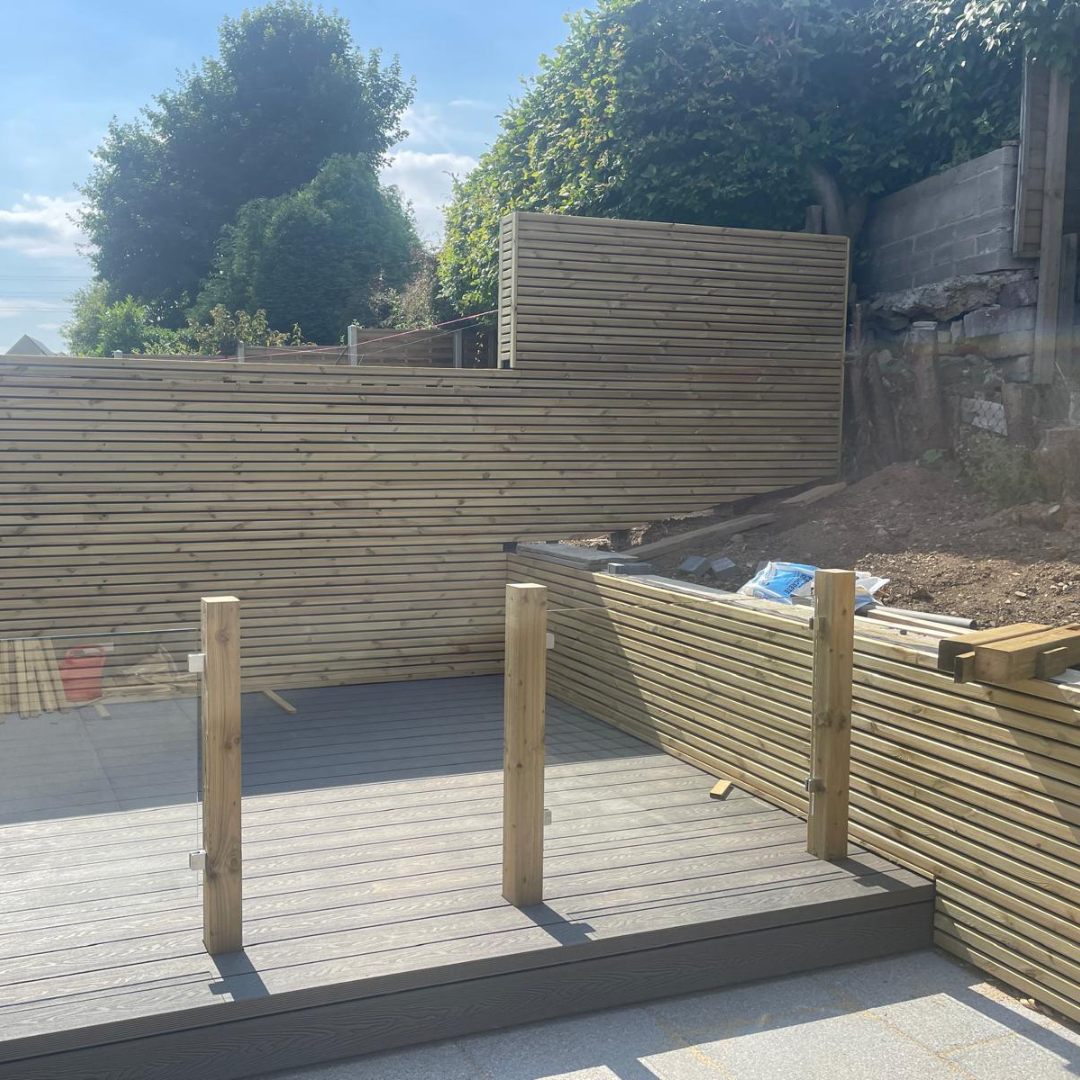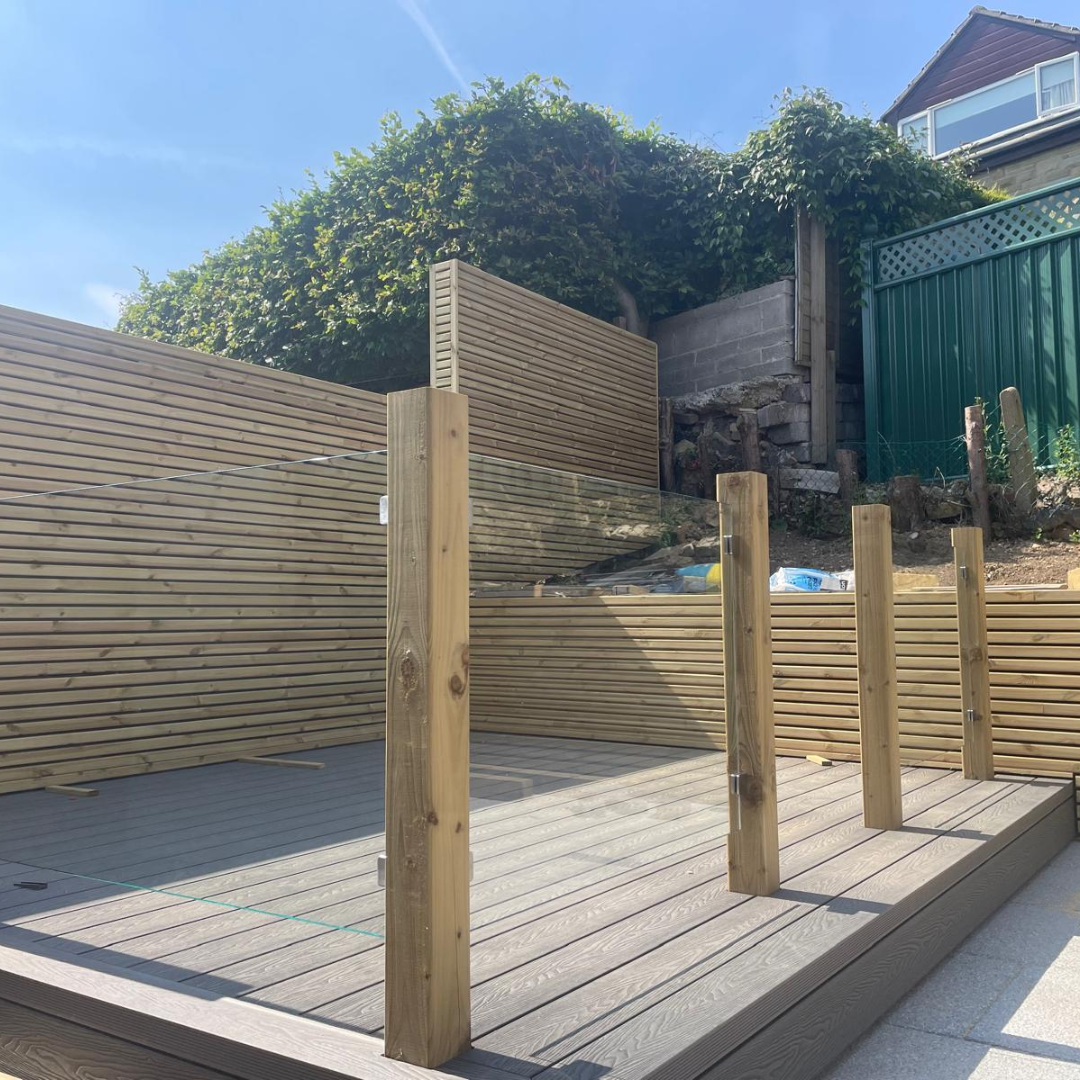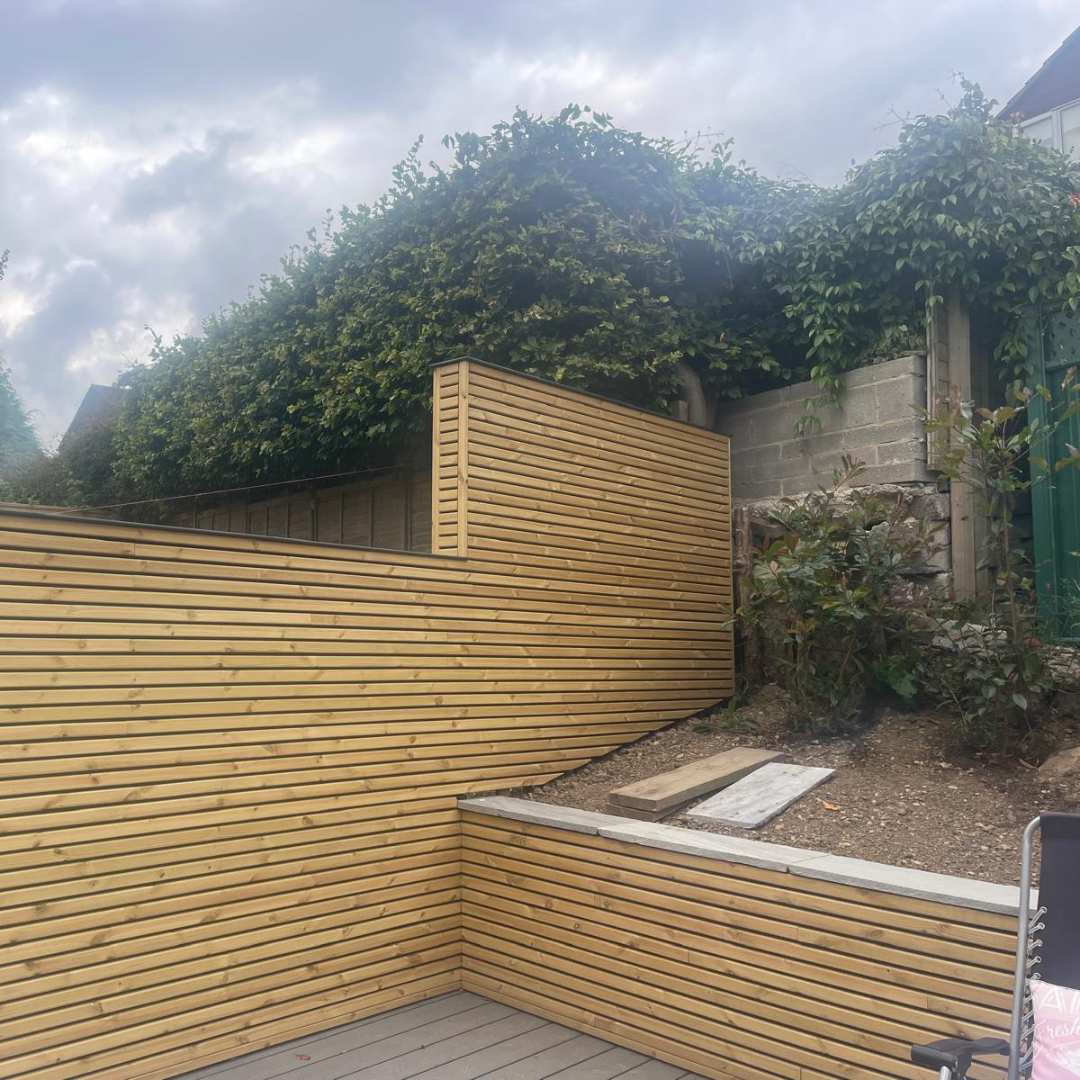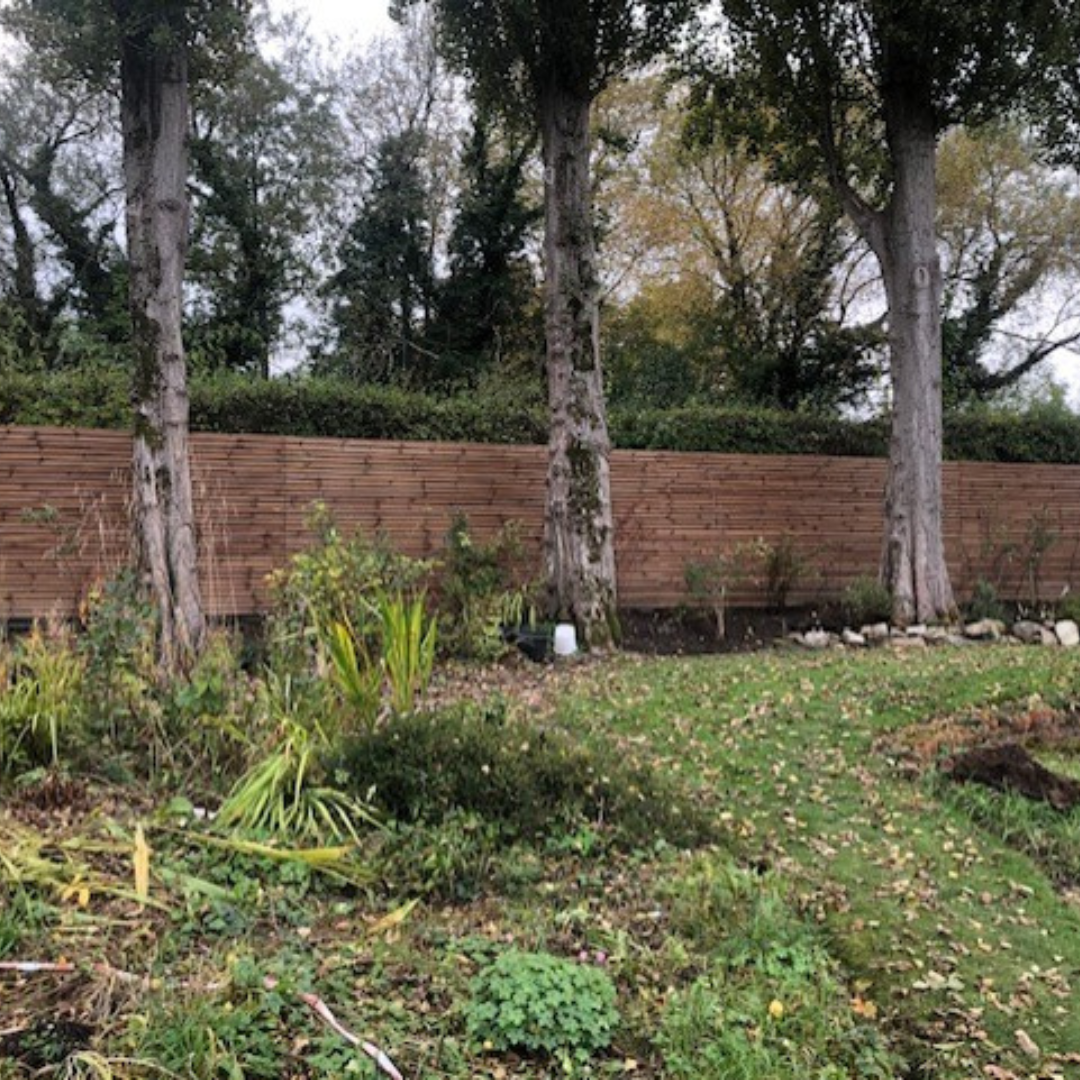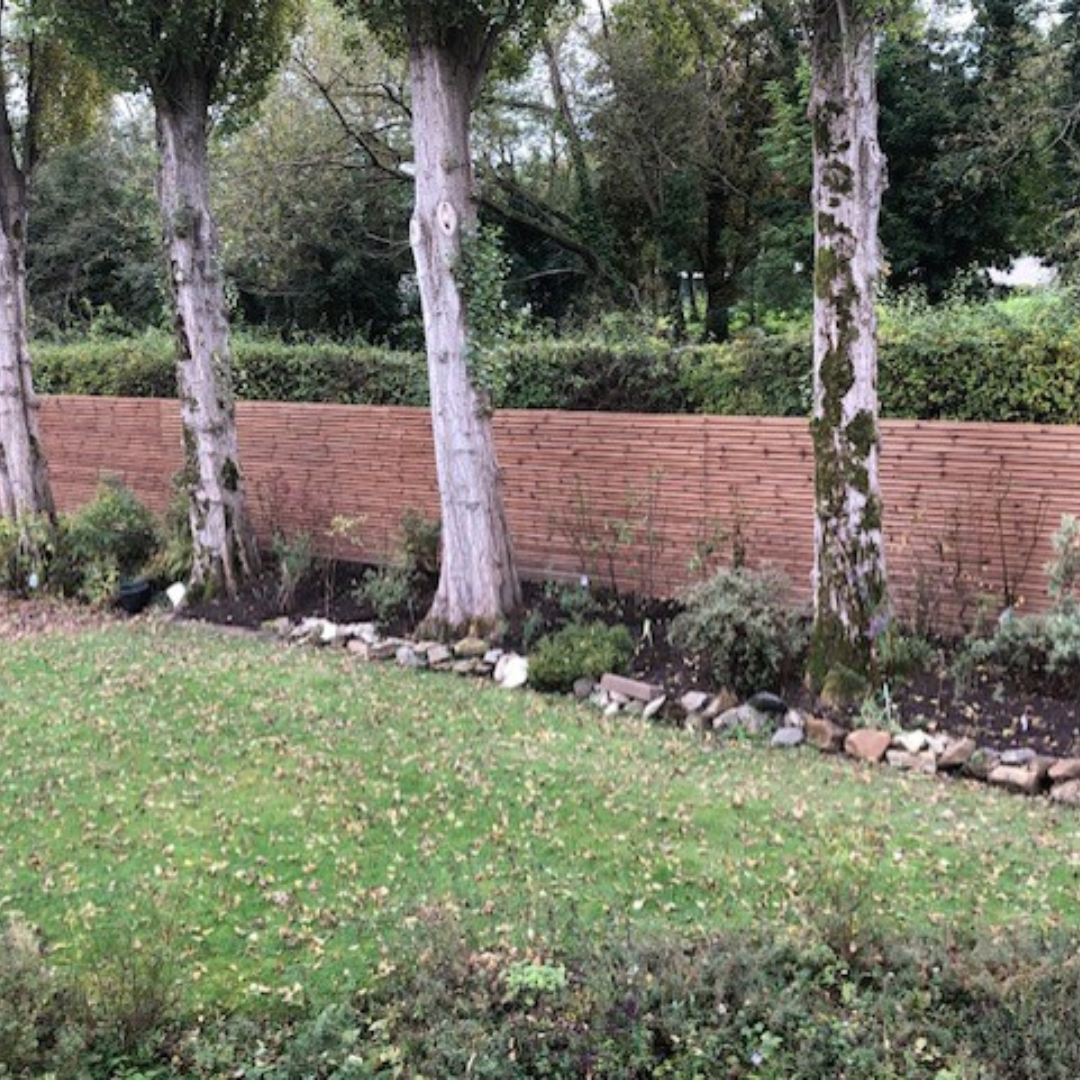- sales@cmrtimber.co.uk
Can You Lay Garden Sleepers On Soil?
Yes you can lay railway sleepers on soil, it is recommended If you’re only creating a structure that’s one or two sleepers in height,you don’t necessarily need foundations, which means you can lay your railway sleepers onto the soil.
Although you should make sure you use some kind of waterproof membrane so that sleepers don’t soak up the water from the soil. It’s also worth mentioning that water pooling can occur around the sides of the sleepers, which can lead to the sleeper wood rotting much faster. If you don’t want the hassle of laying concrete foundations for your garden railway sleepers, the we advise using sand or gravel either materials will allow for water to drain away.

How do you fix railway sleepers to the ground?
There are multiple ways of fixing railway sleepers to the ground. If you are using a concrete base you can use metal rods that you can drill into the foundation and directly into the sleepers. If you are only one or two sleepers high in height you may not need to fix the sleepers to the ground as often the weight of the sleepers themselves is enough to keep them firmly in place.
How long do garden sleepers last?
The lifespan of garden railway sleepers depends on what type of timber the sleepers are made from and whether they are treated, It can also be determined by the exposure they’ve had to the elements.
Hardwood garden sleepers can be known to last up to 100 years, whereas an untreated softwood sleeper may last less than 5 years. The most popular garden sleepers these days tend to be the green tanalised or brown tanatone treated softwood and you can expect them to last somewhere in the region of 10 – 15 years if you look after them well. Just recently we have added green incised UC4 Sleepers which come with a class 4 treatment and a 15 year guarantee.
What are the best sleepers for gardens?
When it comes to choosing the type of sleepers you lay in your garden, it is truly your preference on colour and your overall budget.
We have a number of options. Here’s a quick summary of some of the most common sleepers:
New Green Sleepers: 10 -15 year life span, modern looking, great value for money and provide a very neat look for a modern garden. Treated softwood sleepers – Thanks to them being treated, these softwood sleepers are designed to last much longer than an untreated version.
Brown Tanatone sleepers: 10 – 15 tear life span, if you’re looking for a rustic look for your garden, tanatone railway sleepers are the best choice thanks to their worn-in appearance look and because they haven’t been treated with harsh chemicals, that make them an suitable choice for children’s play areas and raised beds.
Laying railway sleepers in your garden
Garden railway sleepers have become one of the most popular ways to define spaces within a garden, including children’s play areas, steps, raised flower beds, edging, raised planters and even benches. In our blog, we look at how to lay garden sleepers to make the most of your outdoor space.
5 steps for how to lay garden sleepers In order to achieve the best results that stand the test of time, here are our top tips for how to lay raliway sleepers in your garden:
Step 1 – Clear a space for your railway sleepers Whether you are creating a raised bed for your flowers, a set of steps or edging for your lawn, you need to make sure the area is clear of any vegetation and debris. You want a clear area where you’re going to layer your sleepers.
Step 2 – Fix the garden sleepers into position where necessary, the best way to fix your garden sleepers will vary depending on what you’re using them for. For the likes of edging and planters, you’ll want to dig down a shallow trench to lay your sleepers in. If you’re creating a low border you might be able to keep the sleepers in place by fixing in place with wooden post or spikes behind them.
Step 3 – Stack your sleepers (if you’re going for height) If you’re creating a structure that is going to be more than one sleeper high, make sure you overlap the sleepers especially at the corners. Then test them with your spirit level to ensure they’re sitting nice and even.
Step 4 – Joining your sleepers together, There are multiple ways that you can connect your garden railway sleepers together to create a solid and stable structure. One of the most popular options is to use steel rod pins or long landscaping screws. Alternatively, you can use metal plates and corner braces to build a strong, square finish for your garden sleepers.
Step 5 – Finishing off the surface of the sleepers, make sure you sand off any sharp edges or splinters of wood. Also, if you want to paint or stain the sleepers, now is the time to apply your varnish or wood paint to create the desired effect (this isn’t necessary with our treated sleepers). Top tip: If you’re creating a set of steps with your sleepers then you might want to consider covering them with wire mesh or a material with grip so that you avoid slippery steps when they’re wet.

